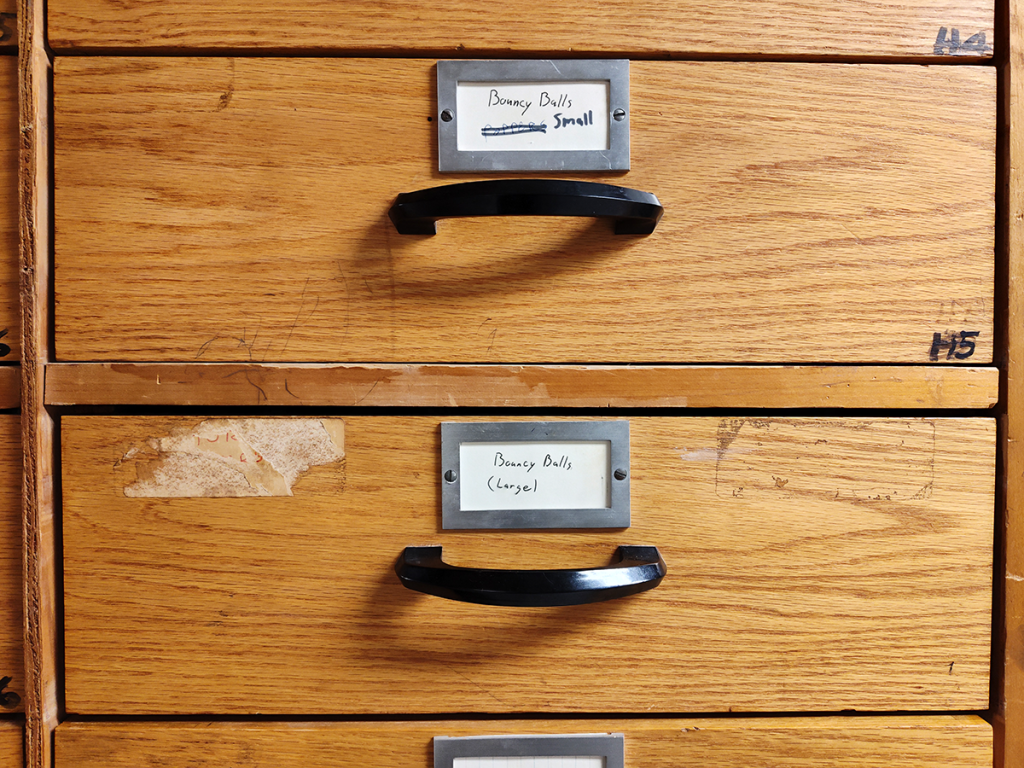
It’s July, and that means it’s the time of year for restocking on toys! Bouncy balls, suction cup blowdart guns, silicone poppers, the works.
This is all for advanced scientific education, mind you. Important stuff, building a better tomorrow, etc.
Discoveries in the Physics & Astronomy shop | Science, curiosities, and surprises

It’s July, and that means it’s the time of year for restocking on toys! Bouncy balls, suction cup blowdart guns, silicone poppers, the works.
This is all for advanced scientific education, mind you. Important stuff, building a better tomorrow, etc.
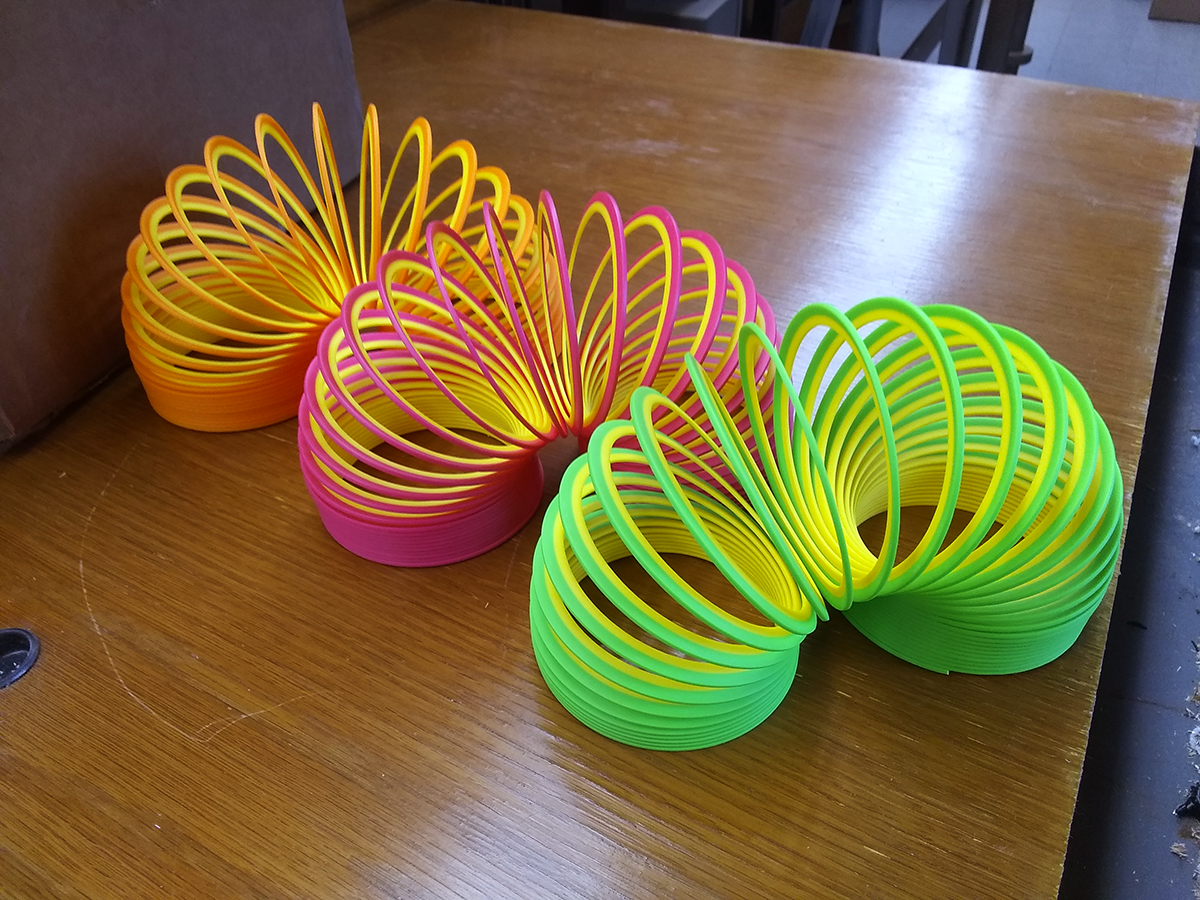
Around here, we get great mileage out of springs, especially when studying waves and oscillations. And few helical coils grab attention quite like a neon-bright Slinky.
Honestly, if you had the choice between eye-searingly bright colors and boring old steel? We hope you’d go for bonus entertainment value, too.
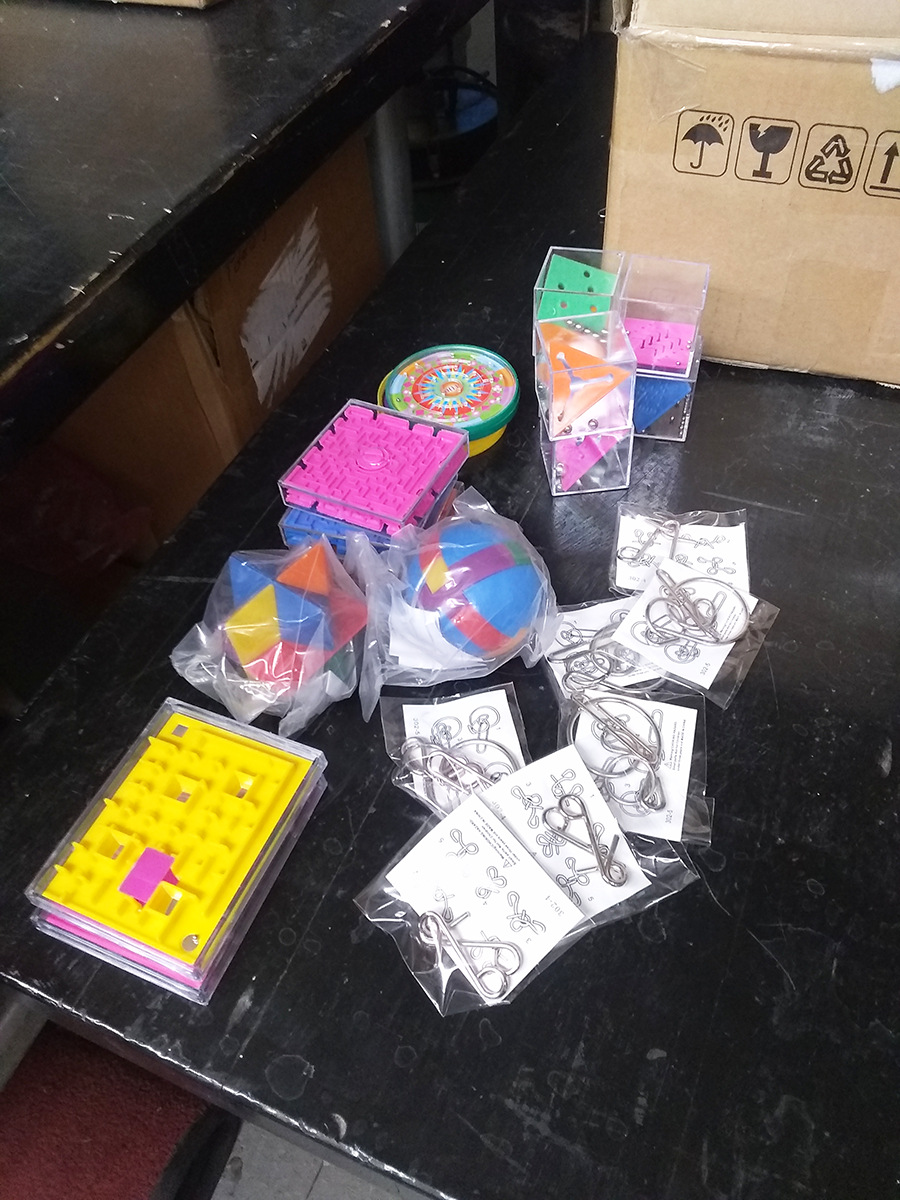
Thanksgiving break is nearly upon us, and the student body is desperate to extend their week-long break into something even longer. But classes are still in session! There are still amazing and exciting things to learn!
And we have toys to give away!
Annual tradition to encourage our introductory physics to stick around: problem session prizes. Puzzle games, fidget spinners, stretchy rubber toys, and some other unidentifiable plastic oddities that came in the variety packs. It’s a literal grab-bag of eye-searingly bright toys.
Have a happy Thanksgiving break!
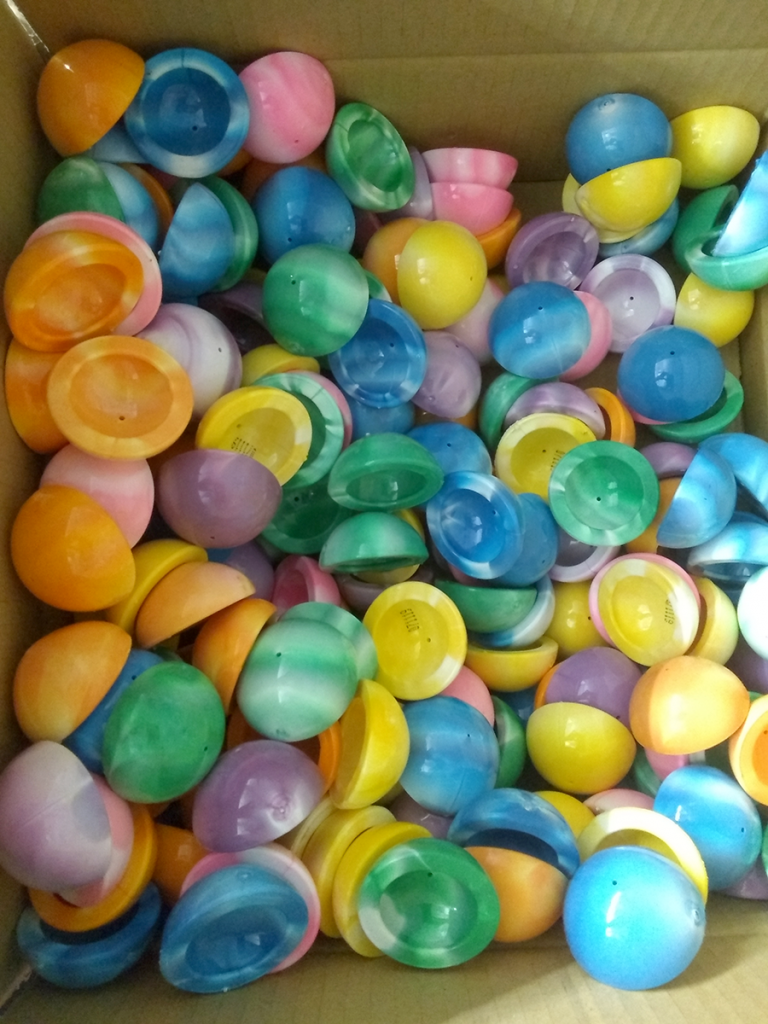
Summer is progressing quickly, and it won’t be long before it’s toy kit time once more, including this multicolored assortment of silicone poppers! Available in different colors and sizes, over time you learn which ones pop the best.
Marbled performs better than solid colors.
Pink is often the best. A good one can nearly slap the ceiling from bench height.
No certainty as to why. But they sure are fun!
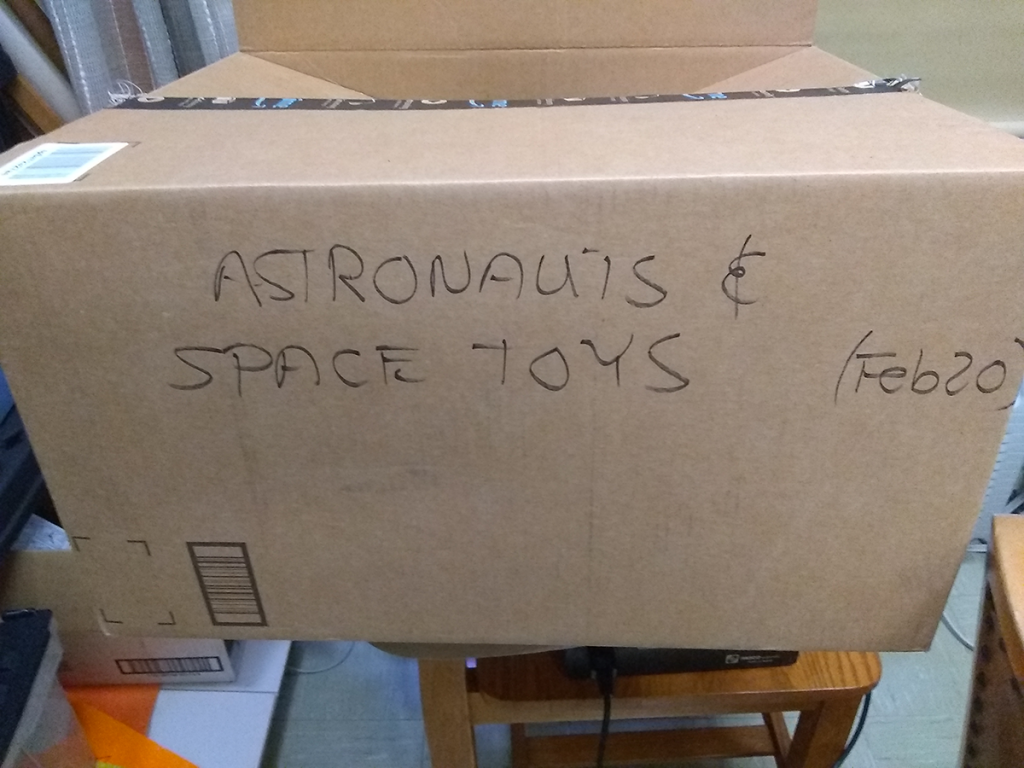
Some storage containers simply have more entertaining labels than others. Case in point: the cardboard box labeled “Astronauts & Space Toys,” which is neither large nor sturdy enough to contain a real astronaut, let alone several.
A find like this is just begging for exploration. We refer to a lot of things around here as “toys,” but these are the real deal.
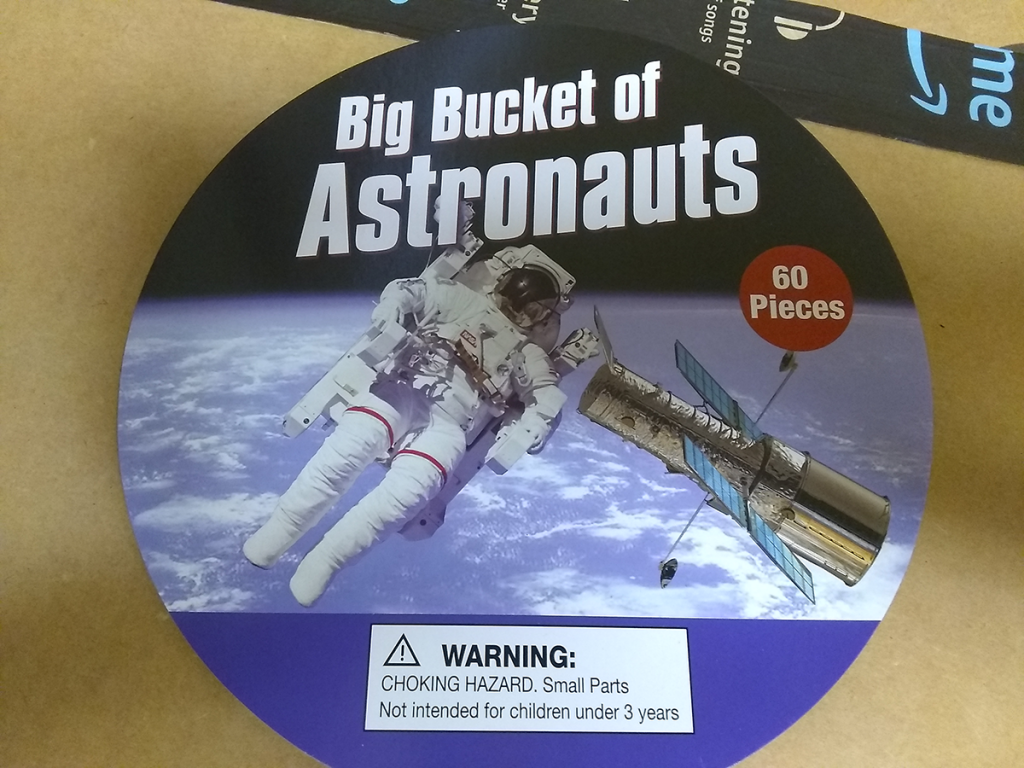
There are buckets – buckets! – of astronauts inside! Or possibly pieces of astronauts. It’s unclear.
There is a choking hazard warning. One can reasonably assume that choking hazards in space are worse than here on Earth.
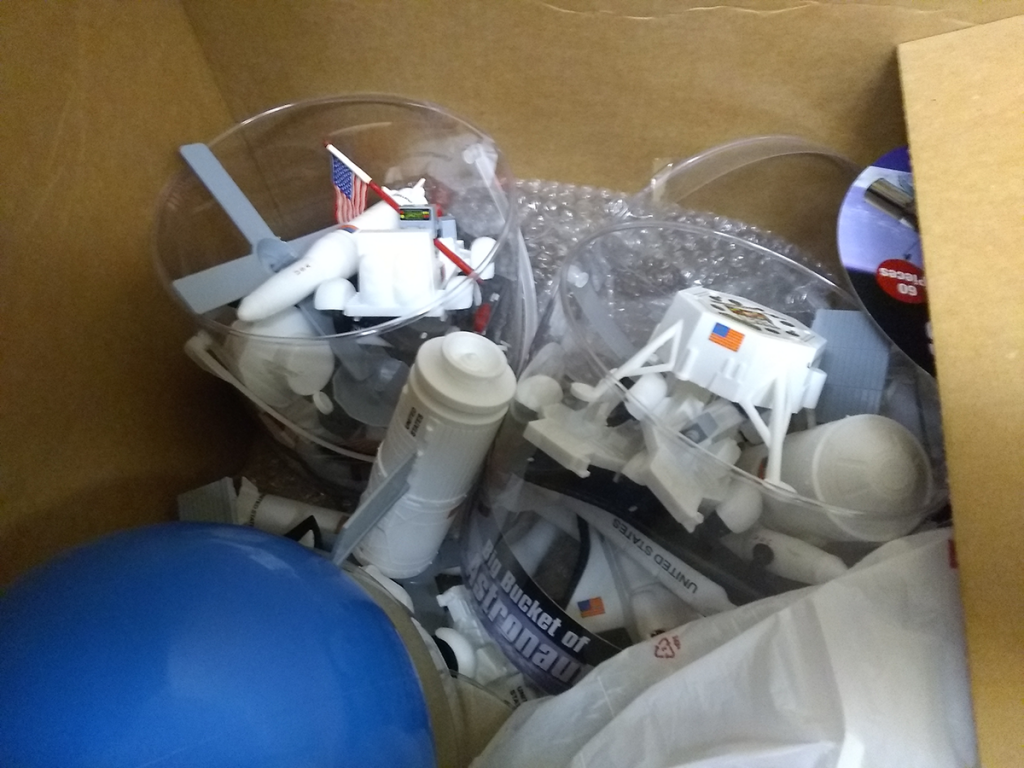
The jackpot: toys! Fewer astronauts than advertised, but a substantially higher proportion of Lunar Module Eagles and Hubble Space Telescopes than expected. (Always entertaining to write those as plurals.) Chalk it up in the win column.
If this is how you convince the next generation that astronomy is cool, sign us up.
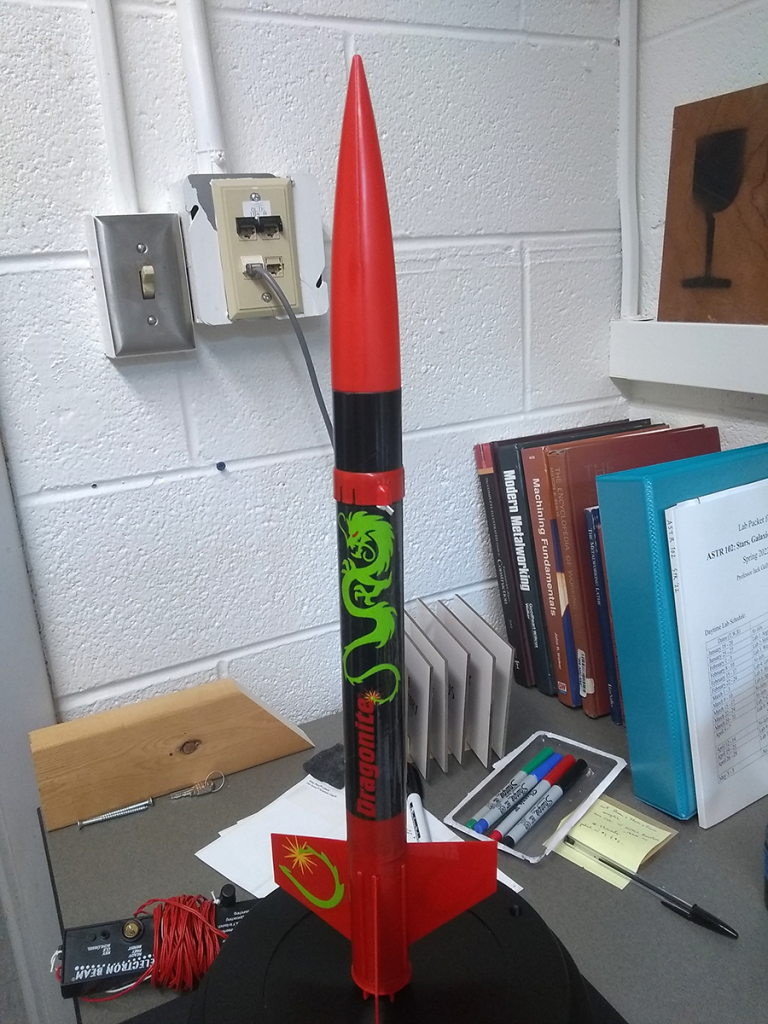
It’s nearly rocket day! Okay, well, it’s nearly time for a physics lecture on momentum conservation – good ol’ Newtonian mechanics – and nothing livens up a discussion of theory and mathematical modeling like making stuff shoot up into the sky. Or, quite possibly, fail to shoot up into the sky, but we’ve been running some advance tests and prepping backup plans because we really, really want things to go zoom.
Zoom, not boom. It’s much more of a hissing zzziiippp than anything else.
The demonstration usually shows three different rockets in succession, each more impressive than the last. The first one, a soda-bottle water rocket, actually illustrates the principle best. Pressurized water shoots out and down, so the rocket moves up. Mass, velocity, terrible aerodynamics. Occasional light spray, so keep your distance.
Then it’s off to model rocket land, with high-velocity solid fuel instead of water. Less mass but at a much, much higher velocity, and in no time that B-size engine has launched the little cardboard-and-plastic rocket high enough to be a speck that’s hard to discern. As long as the weather isn’t terrible, though, a standard B launch is not only recoverable, but entirely possible to catch before it reaches the ground, drifting lazily beneath its parachute.
Scaling on up to a C-size engine, we’ll have our final launch. Bigger engine, more momentum, and even the slightest breeze ensures it’ll drift far beyond our sight and ability to track. Anyone so lucky as to find the rocket afterward can keep it.
If it’s you, maybe stop on by and let us know?